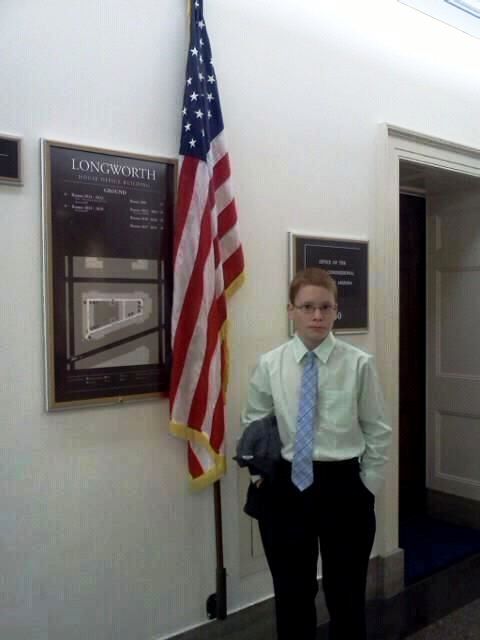What Lead Poisoning Did to My Family – Part 1
by Brenda Music
Nine years ago this coming June, our whole world changed. That summer, the company that my husband worked for closed its doors without any notice. Since my husband was a contractor, we did not qualify for unemployment. We went on WIC for one month just to help out during this time. During our meeting with the WIC nurses, they did a routine finger stick on both of my sons for lead levels. The next week, I received a call from Mike Prideaux of the Black Hawk County Health Department, telling me that my three-year-old son had lead poisoning. Sean’s blood lead level was 24 micrograms per deciliter — over twice the allowed level — and subsequently he needed to have a venous blood test to confirm it.
A few days later, I received another alarming phone call from the health department. Sean’s venous blood lead level was not 24 as the finger stick had shown but was actually 40 – four times the allowed limit at that time! Sean had to start having routine blood work until he reached a blood lead level under 10 in back to back tests. I thought this might only take a few months, but little did I know it would take a total of four years.

Sean Music (Independence, IA) visits the Longworth House Office Building
Once we received the diagnosis, the Black Hawk County Health Department scheduled a home visit to begin testing in order to identify the lead-based paint hazards. High lead levels were found on the outside wall of the house that faced the back yard, the exact spot where Sean’s sandbox was located. Our son was being poisoned with us right there watching, and we never knew! To make matters worse, our landlord had scheduled our home to be power washed on the same day it was being tested for lead. If that had happened, the lead levels could have been much higher and that resulted in Sean’s lead poisoning being even more life-threatening. It would also have harmed our younger son and perhaps the neighborhood children who played in our yard. Luckily, our local health department supervised all of the repairs until our home was safe once again.
The effects of Sean’s lead poisoning went undetected by our family doctor at first. Looking back, however, there were tell-tale signs. He was behind in his speech and was having severe night terrors at least 5-6 times a night for several months. He had become the pickiest eater and most of the time didn’t want to eat. He had uncontrollable screaming fits that made it hard to find a babysitter. If you weren’t watching him closely, he would fixate on something shiny or colorful and would just wander off. Our doctor just attributed these things as “normal kid issues that he will outgrow.”
After his diagnosis, Sean was tested by the Area Education Agency 267 (AEA 267), one of nine agencies created by the Iowa legislature to ensure equal educational opportunities for all children from birth through age 21. Sean showed signs of high-functioning autism and ADHD. He was a year behind in speech, and his fine motor skills needed attention. Sean spent two years in special-ed preschool, two years in speech therapy, and a year in occupational therapy. It took nearly six months of occupational therapy to teach him the simple task of tying his shoes and how to hold a pencil properly. His impulse problems resulted in a near-drowning accident two years ago that has led to a seizure disorder, which he has to take a daily medication for.
The good news is that Sean will turn 12 years old soon and now attends regular classes at school. He has to take three different medications daily to control his ADHD. He still has issues with concentration, impulse tendencies — and if he starts talking about a subject he knows about — he doesn’t stop until he’s done. Thank goodness for the wonderful, patient teachers at his school! See how you can help in the crusade against childhood lead poisoning!